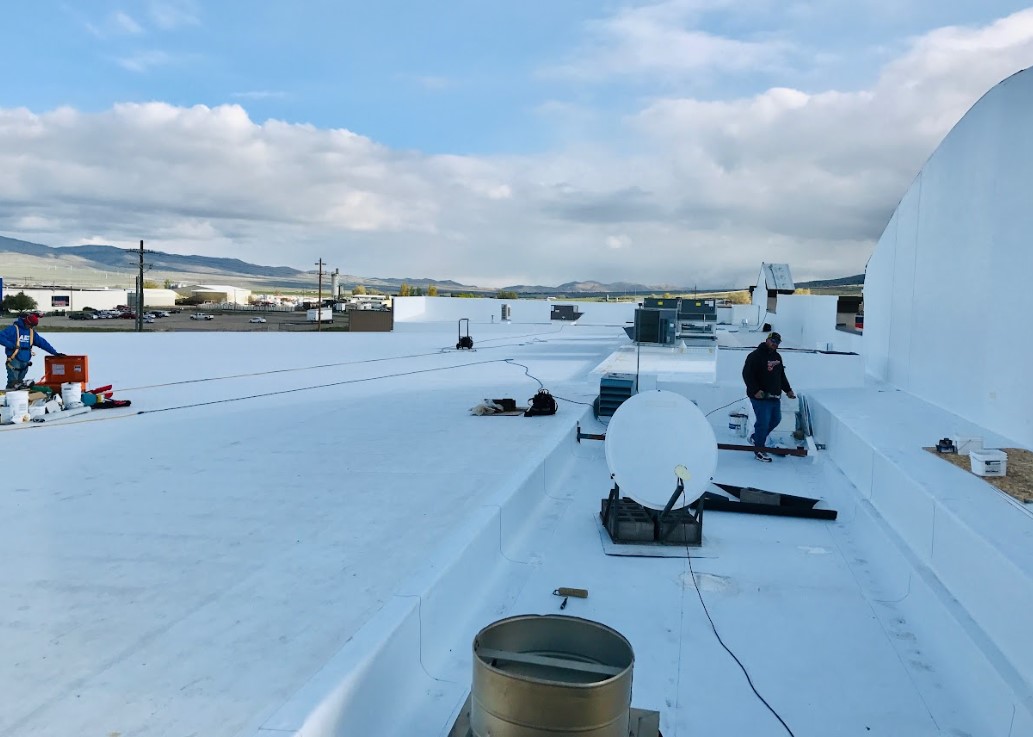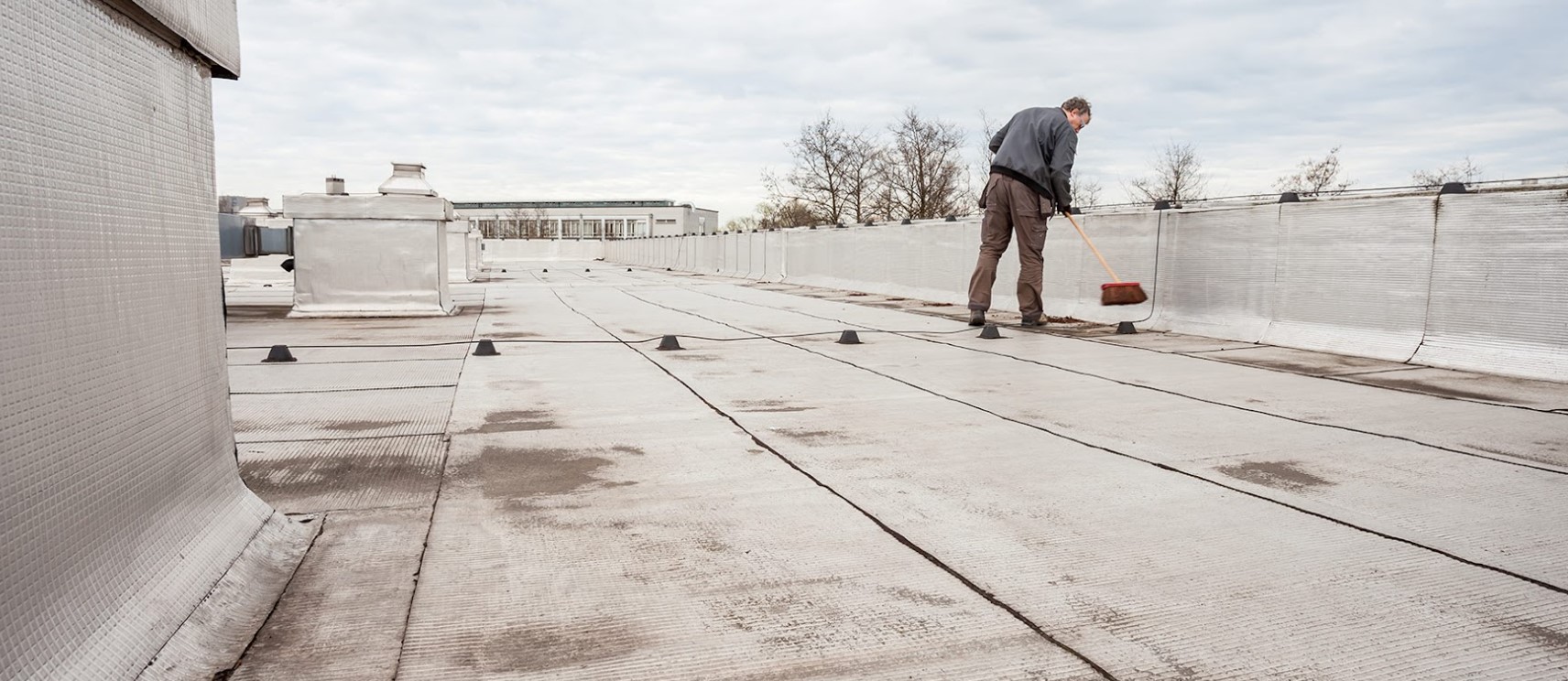When it comes to choosing roofing materials, homeowners often prioritize durability, cost-effectiveness, and aesthetics. However, an often overlooked factor is the impact of asphalt shingle colors on indoor insulation. The color of your roof can significantly affect the temperature inside your home, making it a crucial consideration for those looking to enhance energy efficiency and comfort. In this article, we’ll explore how asphalt shingle colors can influence indoor insulation based on the weather.
The Science Behind Colors and Insulation
The color of your roof plays a pivotal role in how it absorbs and reflects sunlight, ultimately impacting the indoor temperature. Dark colors, such as black or deep brown, tend to absorb more heat, while lighter colors, like white or light gray, reflect sunlight. This simple yet crucial distinction has a direct correlation with indoor insulation, especially in regions with diverse weather patterns.

Cold Weather Benefits
In colder climates, where maintaining indoor warmth is a priority, dark-colored asphalt shingles can be advantageous. These shingles absorb sunlight and convert it into heat, helping to keep your home warmer during the winter months. The absorbed heat reduces the reliance on heating systems, contributing to energy efficiency and cost savings.
Conversely, light-colored shingles in colder climates may not absorb as much heat, potentially making it more challenging to maintain indoor warmth. However, homeowners can compensate for this by ensuring their insulation and heating systems are appropriately optimized.
Warm Weather Benefits
In warmer climates, where cooling costs can soar during the scorching summer months, the reflective properties of light-colored asphalt shingles become invaluable. Light colors reflect a significant amount of sunlight, preventing the roof from absorbing excess heat. This reflective quality helps keep the temperature inside the home lower, reducing the need for excessive air conditioning and cutting down on energy bills.
On the other hand, dark-colored shingles in warm climates can contribute to higher indoor temperatures, necessitating more energy consumption to maintain a comfortable living environment. Proper ventilation and insulation become crucial in homes with dark-colored roofs to mitigate this heat absorption.
Choosing the Right Color
The optimal asphalt shingle color for your home depends on your local climate, the orientation of your house, and your energy efficiency goals. Homeowners in regions with extreme weather conditions may consider roofing materials with reflective granules, which can enhance the shingles’ ability to reflect sunlight.
Additionally, advancements in roofing technology have led to the development of “cool roof” materials that are designed to reflect more sunlight and absorb less heat. These cool roofing options often come in a variety of colors, offering homeowners the flexibility to choose a shade that aligns with their aesthetic preferences while still promoting energy efficiency.
If you need an expert to help you pick the best color suitable for our local weather, you can always count on us at Clean Cut Roofing & Siding. Our experts have decades of experience and knowledge in recommending the best roof colors and styles for local homeowners. Call us today and let’s get started on installing your new roof.








